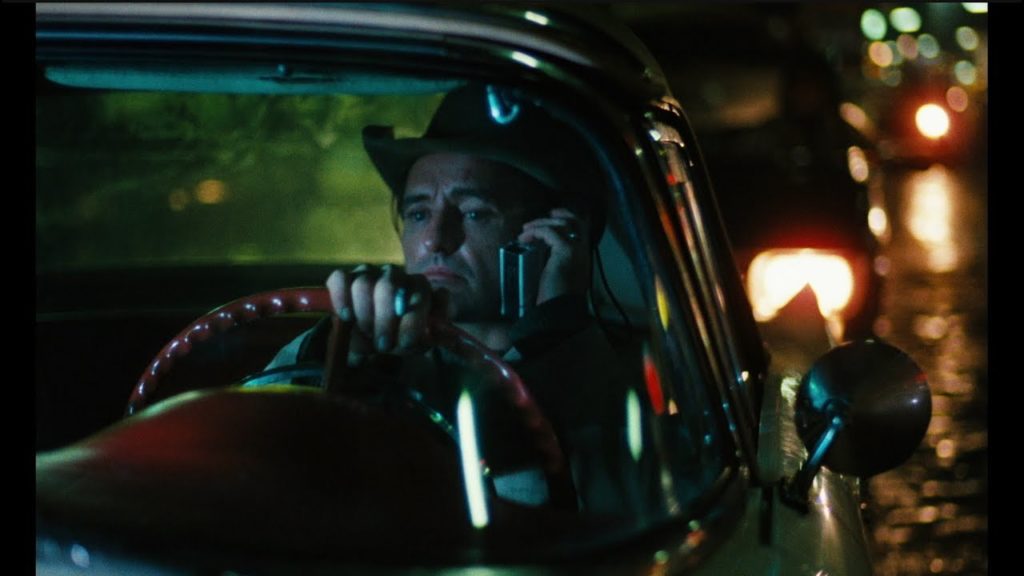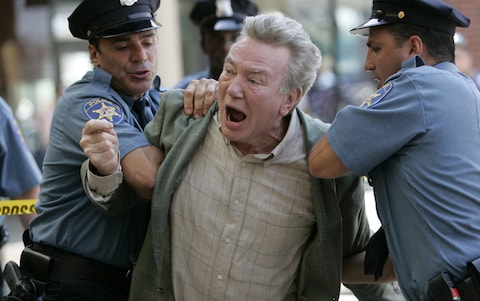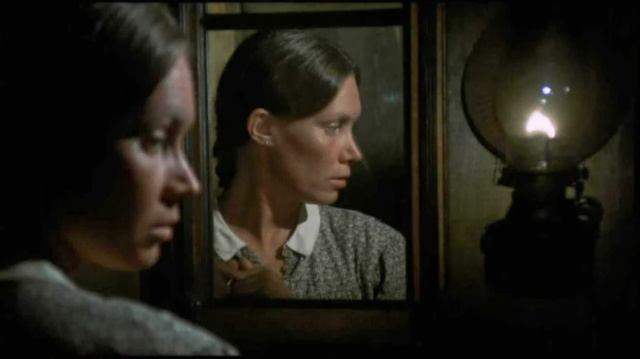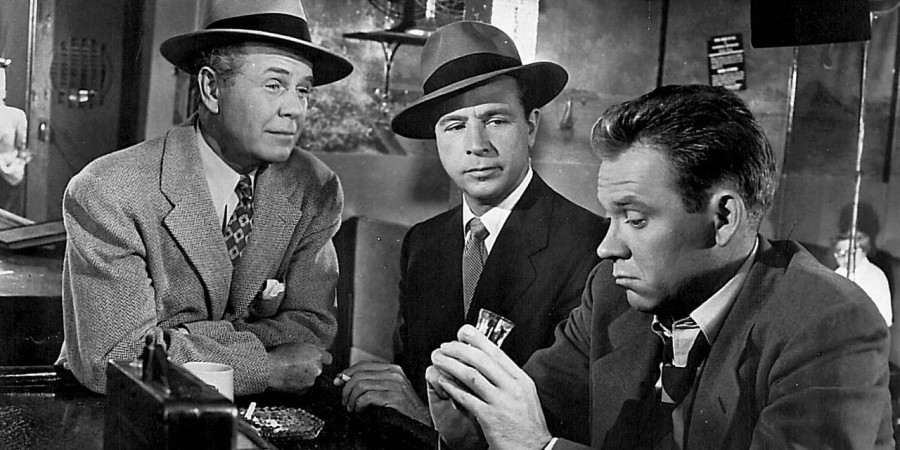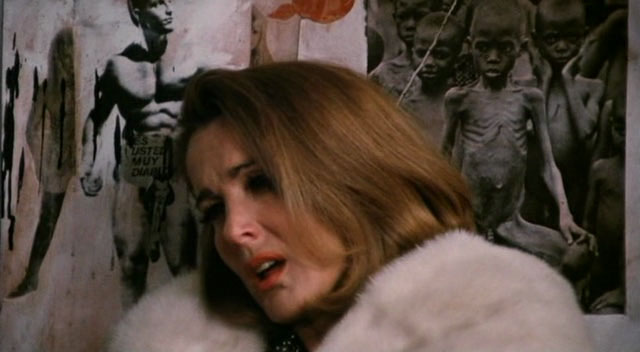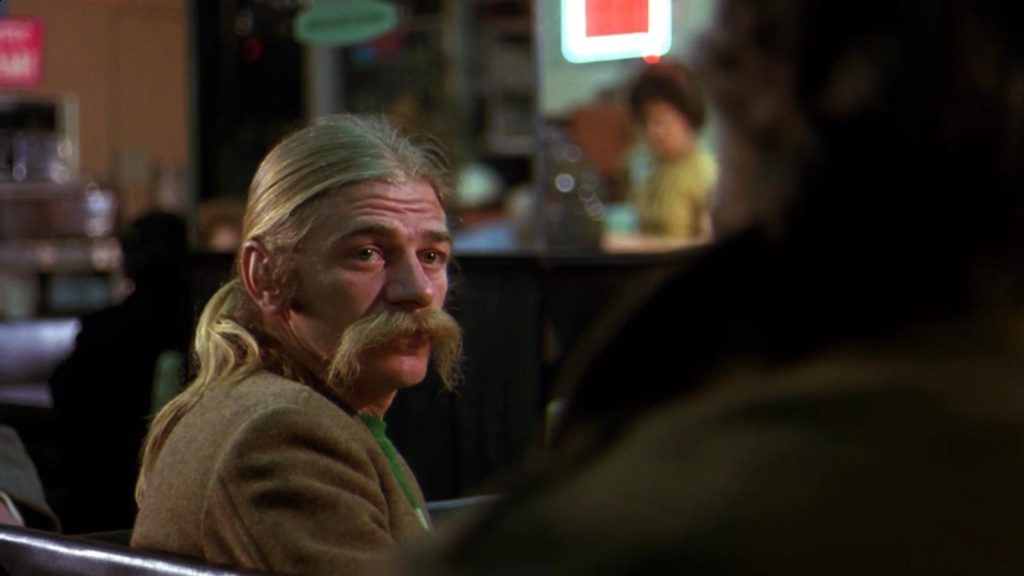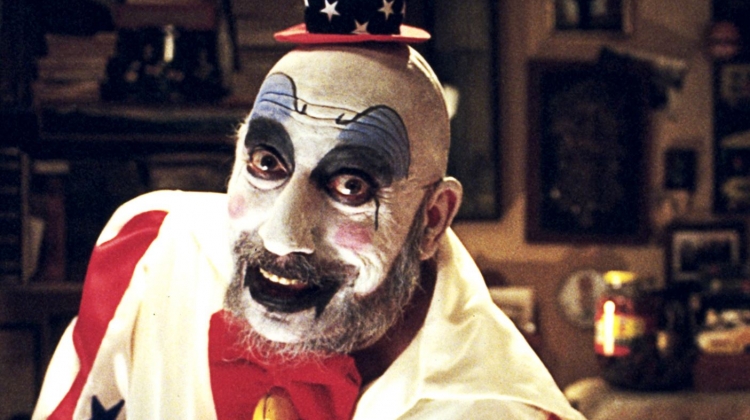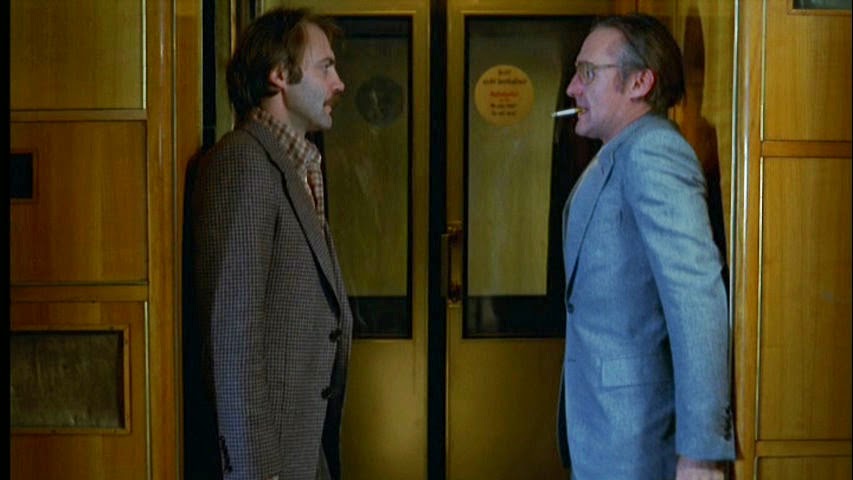
Dennis Hopper, in his Wild Man phase, brings electricity to the 1977 neo-noir The American Friend, an adaptation of the Patricia Highsmith novel Ripley’s Game. Highsmith, of course, wrote the source material for Strangers on a Train along with a series of novels centered on the charming but amoral sociopath Tom Ripley; her gimlet-eyed view of human nature, was perfectly suited for noir. You can catch The American Friend on Turner Classic Movies on July 29.
German director Wim Wenders had yet to direct his art house Wings of Desire his American debut Hammett or his masterpiece Paris, Texas. He had directed seven European features when he traveled to ask Highsmith in person for the filming rights to a Ripley story.
In The American Friend, Zimmermann (Bruno Ganz) is a craftsman who makes frames for paintings and dabbles in the shady world of art fraud, making antique-appearing frames for art forgeries. Here, Tom Ripley (Dennis Hopper) entangles him in something far more consequential – a murder-for-hire.
As befits a neo-noir, Zimmermann finds himself amid a pack of underworld figures, all set to double-cross each other with lethal finality. In very sly casting by Wenders, all the criminals are played by movie directors: Sam Fuller, Nick Ray, Peter Lilienthal, Daniel Schmid, Gérard Blain, Rudolf Schündler, Jean Eustache. Nick Ray is especially dissolute-looking with his rakish eye-patch. Sam Fuller, in his mid-60s, insisted on performing his own stunt, with a camera attached to his body on a dramatic fall.
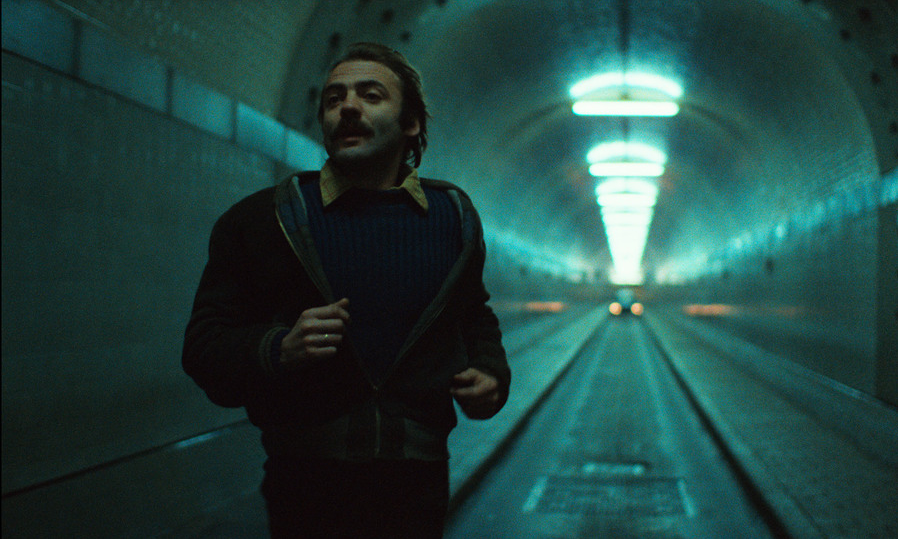
As the murder scheme unfolds, there is a tense and thrilling set piece on a train, worthy of The Narrow Margin. Other set pieces include a white-knuckle break-in and the ambush of an ambulance.
Here’s one singular sequence. After a meeting with Ray, Hopper walks away from the camera along an elevated highway. Then Hopper is shown, still on the highway, in long shot from what turns out to be Fuller’s apartment, where Fuller interrupts the filming of a skin flick to deny having a guy shot on the Paris Metro. Then we see Hopper on an airplane, and then Ganz on a train. Finally, Ganz returns to a seedy neighborhood by the docks. It’s excellent story-telling – at once economical and showy and ultra-noirish .
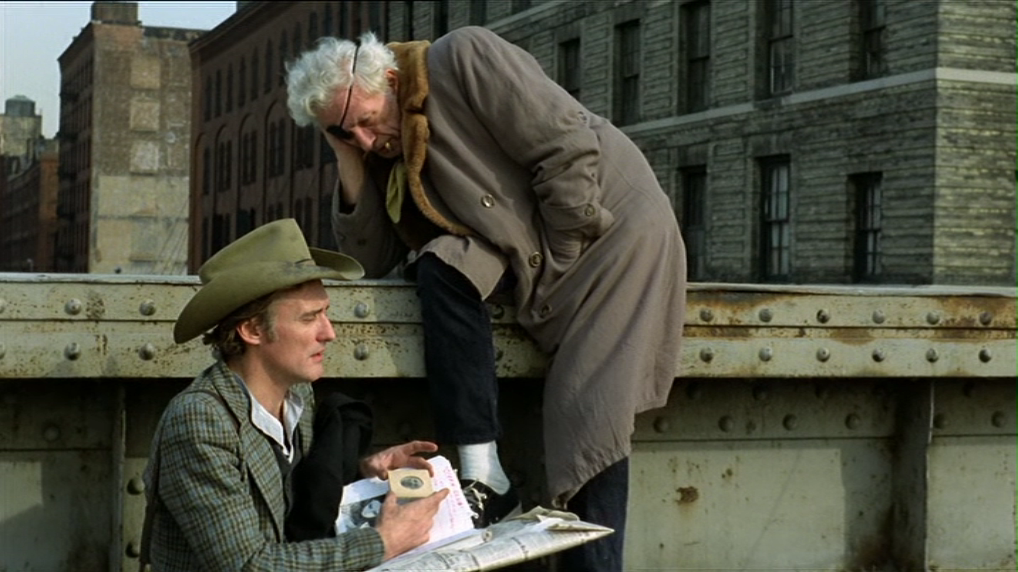
Cinematographer Robby Müller pioneered use of fluorescent lighting in The American Friend. The nighttime interiors have a queasy eeriness that match the story perfectly. Müller, who died in 2018, was endlessly groundbreaking. He made the vast spaces of the Texas Big Bend country iconic in Paris, Texas. He was also responsible for the one-way mirror effect in Paris, Texas’ pivotal peepshow scene. For better or worse, he jerked the handheld camera in Breaking the Waves, spawning a legion of lesser copycats. Müller gave a unique look to indie movies from Repo Man to Ghost Dog; The Way of the Samurai.
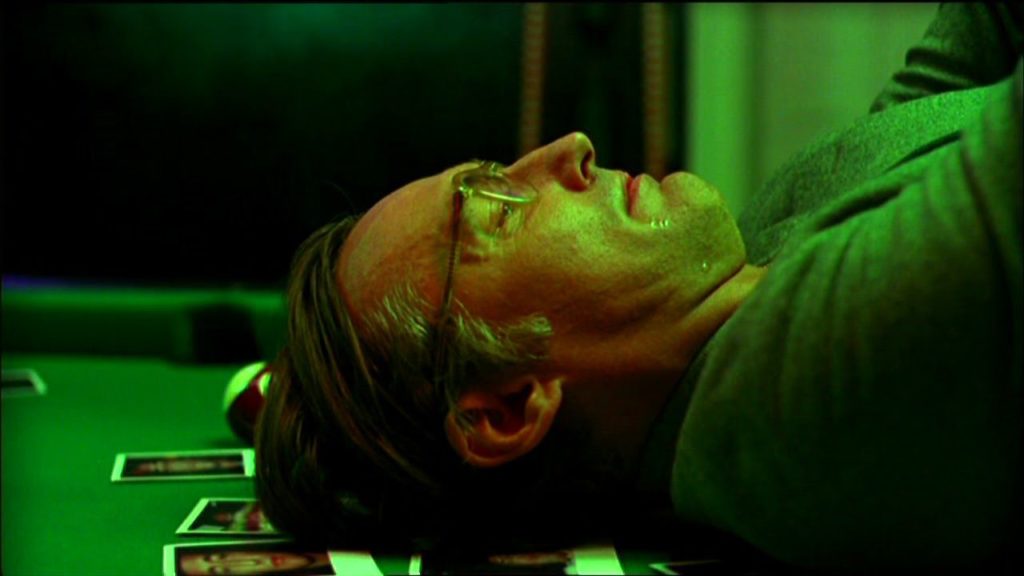
The American Friend was shot in 1977, in the midst of Dennis Hopper’s tumultuous drug abuse phase. He had just directed his notorious Lost Film The Last Movie and arrived in Europe from the Philippines set of Apocalypse Now!, where he was famously drug-addled and out of control. After getting Hopper’s substance abuse distilled down to only one or two drugs of choice, Wenders gave Hopper carte blanche to take chances in his performance, and The American Friend has the only movie Tom Ridley in a cowboy hat. It paid off in a brilliant scene in which Hopper lies on a pool table, snapping selfies with a Polaroid camera; it’s a brilliant imagining of a sociopath in solitary, with no one to manipulate. John Malkovich, Matt Damon and even Alain Delon have played some version of Tom Ripley. Hopper’s is as menacing as any Ripley, and – by a long shot – the most tormented. Wenders is interviewed on Hopper at the Criterion Collection.
The American Friend is not a great movie. Zimmermann is motivated by a grave health issue, but too much screen time is wasted on that element, causing the movie to drag in spots. Movie auctions come with built-in excitement, but The American Friend’s art auction is pretty ordinary. And, other than Fuller, Ray and Blain, the directors are not that good as actors.
Still, the unpredictability in the high-wire Dennis Hopper performance, the look of the film and the action set pieces warrant a look.
The American Friend will be aired by TCM on July 29th and can be streamed from Criterion, Amazon, AppleTV and Fandango.
